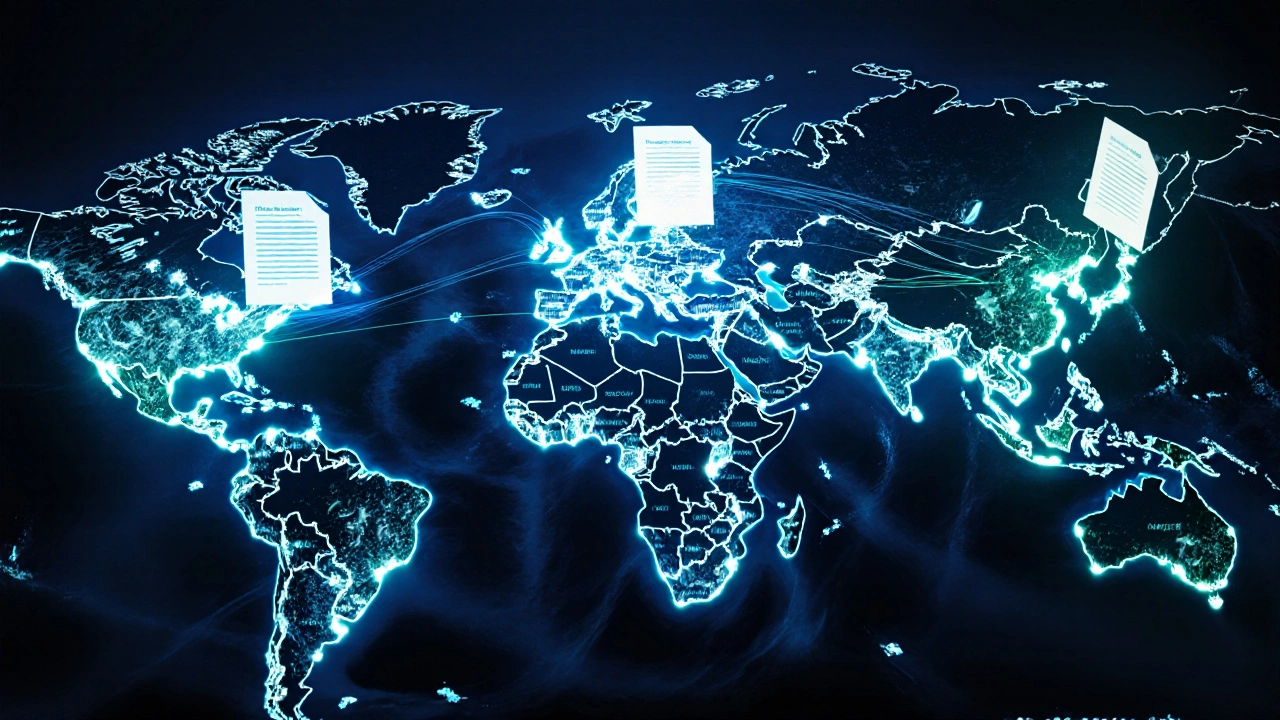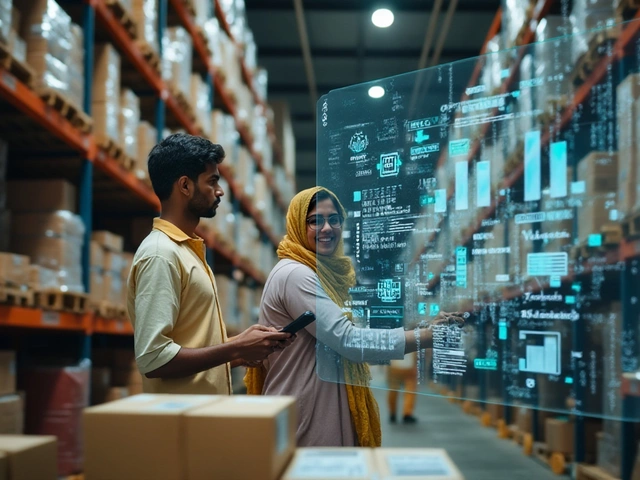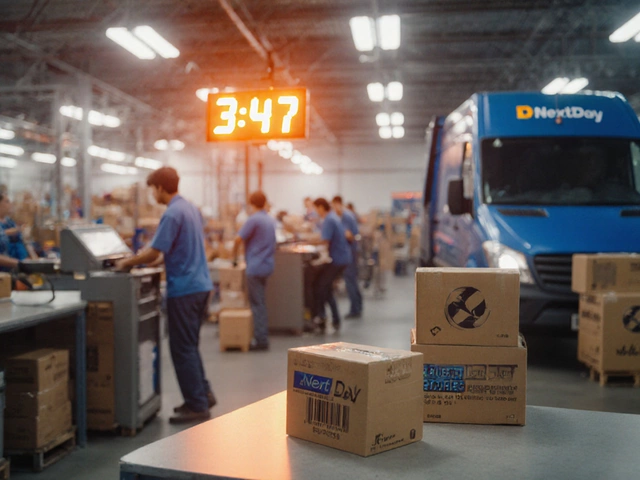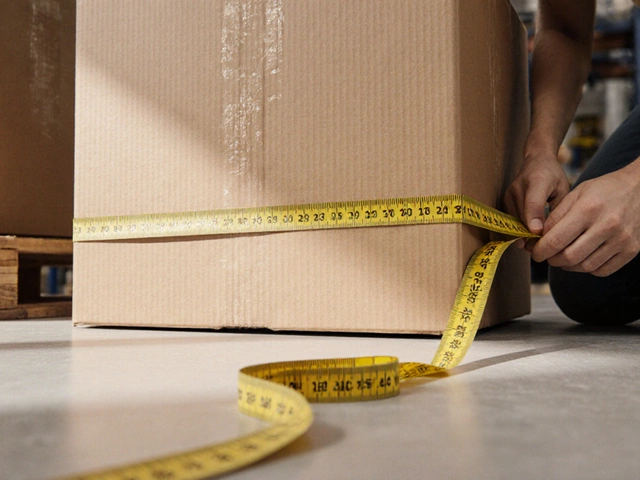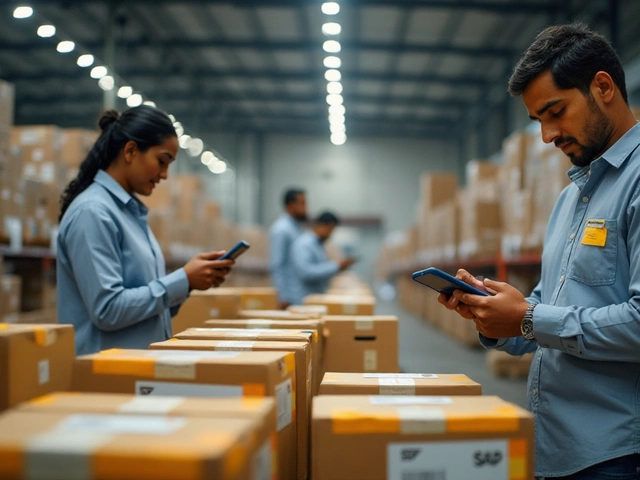When you think of logistics, you probably picture trucks on highways, planes landing at airports, or packages stacked in warehouses. But behind every delivery is a software system working nonstop-tracking shipments, optimizing routes, predicting delays, and connecting thousands of partners. The most valuable logistics brand isn’t just the one with the biggest fleet or the most recognizable logo. It’s the one whose software powers the entire system.
Why Software Defines Value in Logistics
Value in logistics today isn’t measured by how many trucks you own. It’s measured by how well your technology integrates with retailers, warehouses, carriers, and customers. A brand can have the fastest delivery network, but if its software can’t talk to Amazon’s system or predict a storm delay in real time, it’s falling behind.In 2025, the top logistics brands aren’t winning because of their drivers. They’re winning because of their APIs, AI algorithms, and cloud platforms. The companies that control the digital backbone of global shipping are the ones investors bet on-and the ones businesses rely on to keep their supply chains alive.
Who Leads the Pack: FedEx, UPS, DHL
Three names dominate the conversation: FedEx, UPS, and DHL. Each has spent billions upgrading their tech over the last decade. But only one has built a platform that others can’t easily copy.UPS leads in software depth. Its ORION system (On-Road Integrated Optimization and Navigation) uses machine learning to cut 100 million miles off its drivers’ routes every year. That’s not just fuel savings-it’s reduced emissions, faster deliveries, and lower labor costs. UPS’s software doesn’t just track packages; it predicts which packages will be delayed, reroutes them automatically, and even tells warehouses when to prep for incoming shipments.
FedEx bets big on automation. Its SenseAware sensors track temperature, humidity, and location for high-value shipments like pharmaceuticals. The data feeds into a real-time dashboard used by hospitals, labs, and clinics. FedEx’s software doesn’t just move boxes-it protects lives. That’s why healthcare logistics accounts for over 20% of its revenue.
DHL dominates international logistics because of its global network integration. Its MyDHL platform lets businesses manage customs, duties, and compliance across 220 countries with a single click. Unlike competitors, DHL built its software from the ground up to handle complex cross-border rules-not just as an add-on. That’s why companies like Apple and Siemens rely on DHL for critical global shipments.
The Hidden Contender: Maersk
Most people don’t think of Maersk as a tech company. But in 2020, the world’s largest shipping line bought a software startup called TradeLens. Today, TradeLens connects 150+ organizations-including ports, customs agencies, and freight forwarders-on a single blockchain-based platform.Before TradeLens, a container moving from Shanghai to Los Angeles could take 7-10 days just to clear customs. Now, it’s under 24 hours. Documents are verified instantly. Fees are auto-calculated. Delays are flagged before they happen. Maersk doesn’t own the trucks or planes anymore-it owns the digital ledger that makes global trade possible.
In 2024, Maersk reported $2.3 billion in digital services revenue. That’s more than any other logistics company. And it’s growing 35% year over year.
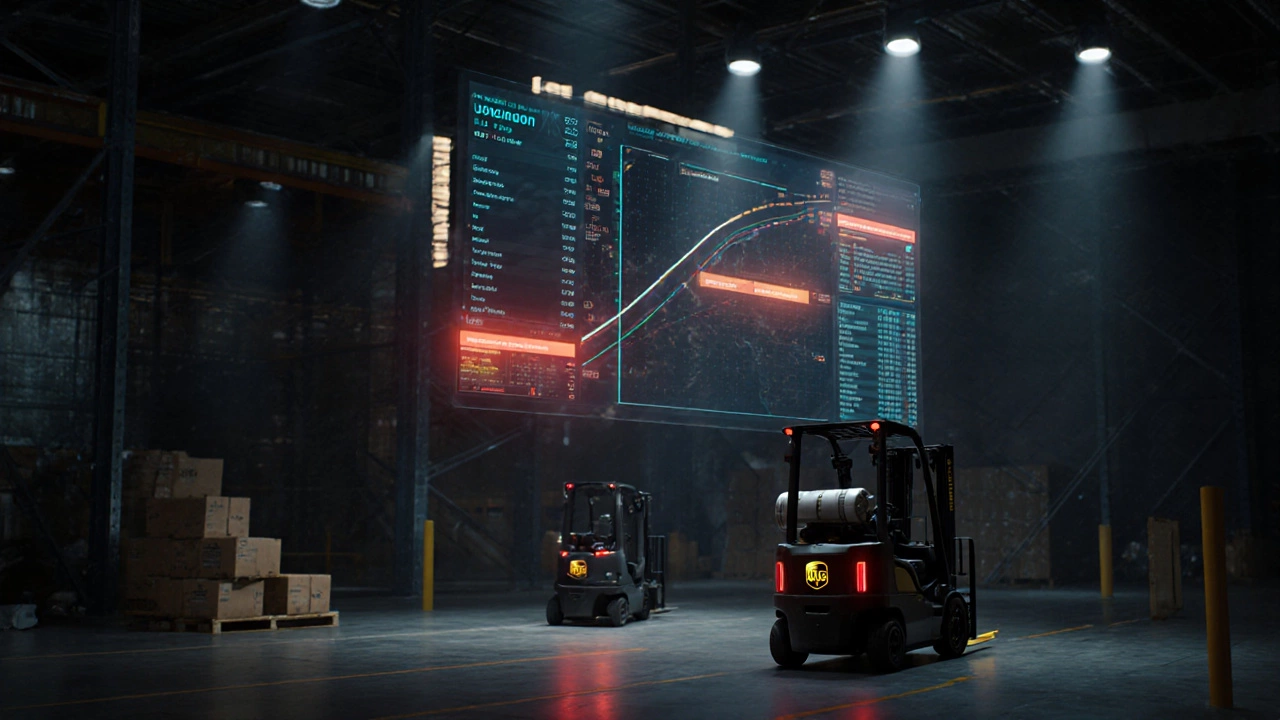
Why Amazon Logistics Isn’t on This List
Amazon has the largest delivery network in North America. But its logistics software isn’t for sale. It’s a private system built to serve one goal: get Prime orders to customers in two days. Amazon doesn’t license its tech to other brands. It doesn’t offer APIs. It doesn’t publish benchmarks.That makes Amazon a powerful player-but not a valuable brand in the logistics software market. Value comes from openness, integration, and third-party adoption. Amazon’s software is a fortress. The most valuable brands build bridges.
The Real Measure of Value: Integration, Not Size
Look at the numbers. In 2025, UPS’s software platform supports over 1.2 million third-party shippers. FedEx’s API is used by 400+ e-commerce platforms. DHL’s MyDHL connects with SAP, Oracle, and Microsoft Dynamics. Maersk’s TradeLens integrates with 12 of the top 15 global ERP systems.That’s the difference. The most valuable logistics brand isn’t the one with the most trucks. It’s the one whose software is embedded into the daily operations of businesses worldwide. It’s the one that doesn’t just move packages-it moves data, trust, and efficiency.
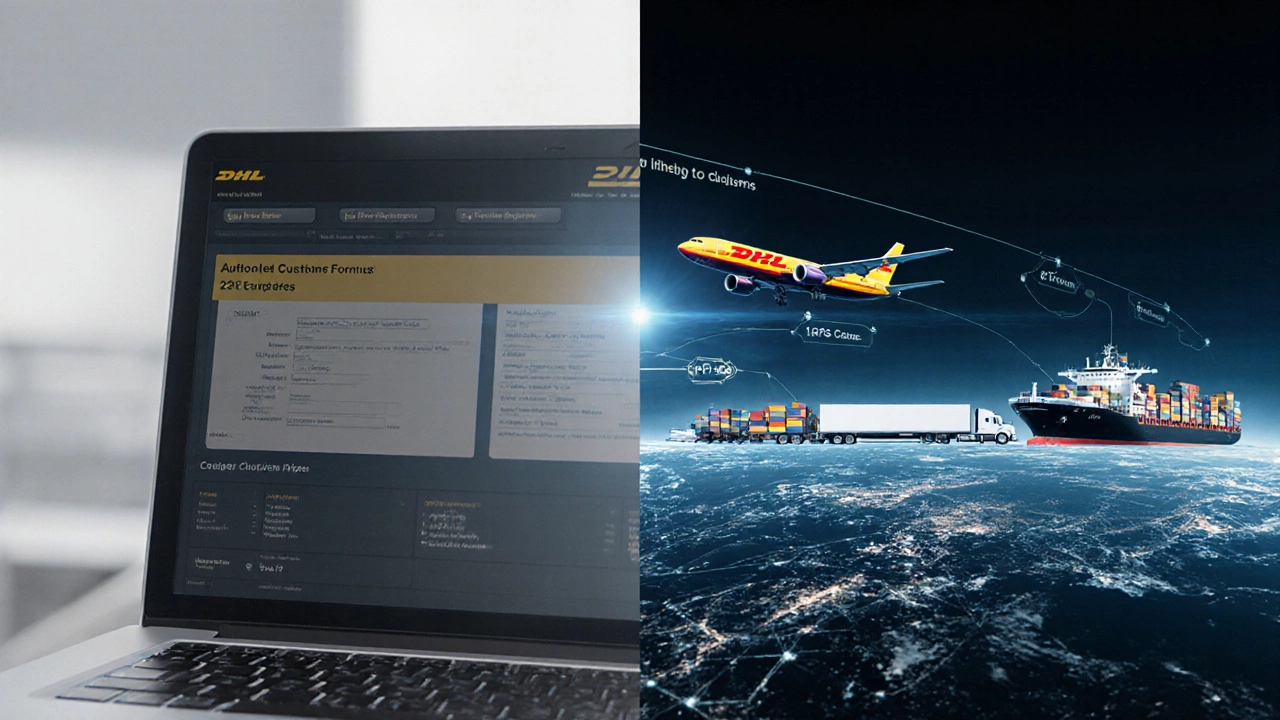
What Businesses Should Look For
If you’re choosing a logistics partner in 2025, don’t ask, “Who has the fastest delivery?” Ask:- Does their software integrate with my ERP or warehouse system?
- Can I track shipments in real time without logging into five different platforms?
- Do they use AI to predict delays before they happen?
- Can I automate customs paperwork for international shipments?
- Do they offer an open API so I can build custom workflows?
Brands that answer yes to these questions are the ones that will survive. The rest? They’ll become legacy players-stuck with trucks but no future.
The Future Belongs to Platforms, Not Pipelines
The next decade won’t be won by who owns the most warehouses. It’ll be won by who controls the digital layer connecting them all.Maersk, UPS, DHL, and FedEx are investing billions in AI-driven forecasting, blockchain documentation, and real-time analytics. They’re turning logistics from a cost center into a competitive advantage. That’s why their market value keeps rising-even as fuel prices swing and driver shortages worsen.
The most valuable logistics brand in 2025 isn’t the loudest. It’s the quietest one-building systems no one sees, but everyone depends on.
Is FedEx the most valuable logistics brand?
FedEx is one of the top logistics brands, especially for express shipping and pharmaceutical logistics. Its SenseAware technology and real-time tracking systems make it a leader in high-value shipments. But in terms of overall software value-integration depth, third-party adoption, and digital revenue-UPS and DHL have wider reach, and Maersk’s TradeLens platform is growing faster.
Why is DHL considered more valuable than UPS for international shipping?
DHL’s MyDHL platform handles customs, duties, and compliance across 220 countries with automated workflows. UPS has a strong global network, but its software was built primarily for North America and later expanded. DHL designed its platform from the start for global complexity, making it the preferred choice for businesses shipping to emerging markets, Asia, and Africa.
Does Amazon’s logistics software count as a valuable brand?
Amazon’s logistics tech is powerful-but it’s not a public brand. It’s a closed system used only for Amazon’s own deliveries. It doesn’t offer APIs, doesn’t integrate with external systems, and isn’t available to other businesses. Value in logistics software comes from openness and adoption. Amazon’s system is impressive, but it doesn’t create industry-wide value like UPS or DHL’s platforms.
What makes Maersk more valuable than traditional carriers?
Maersk owns TradeLens, a blockchain-based platform that connects ports, customs, and freight forwarders. It reduces documentation time from days to hours and cuts errors by 40%. While traditional carriers focus on physical movement, Maersk sells digital trust. In 2024, its digital services generated $2.3 billion-more than any other logistics company. That’s why it’s now seen as a tech company first, shipping company second.
How do I know if a logistics provider has good software?
Ask for a demo of their tracking dashboard. Can you see real-time updates without logging in multiple times? Do they offer an API? Can you automate customs forms? Do they use AI to predict delays? If the answer is yes to most of these, their software is industry-leading. If they only offer a basic tracking link, they’re still stuck in the 2010s.
